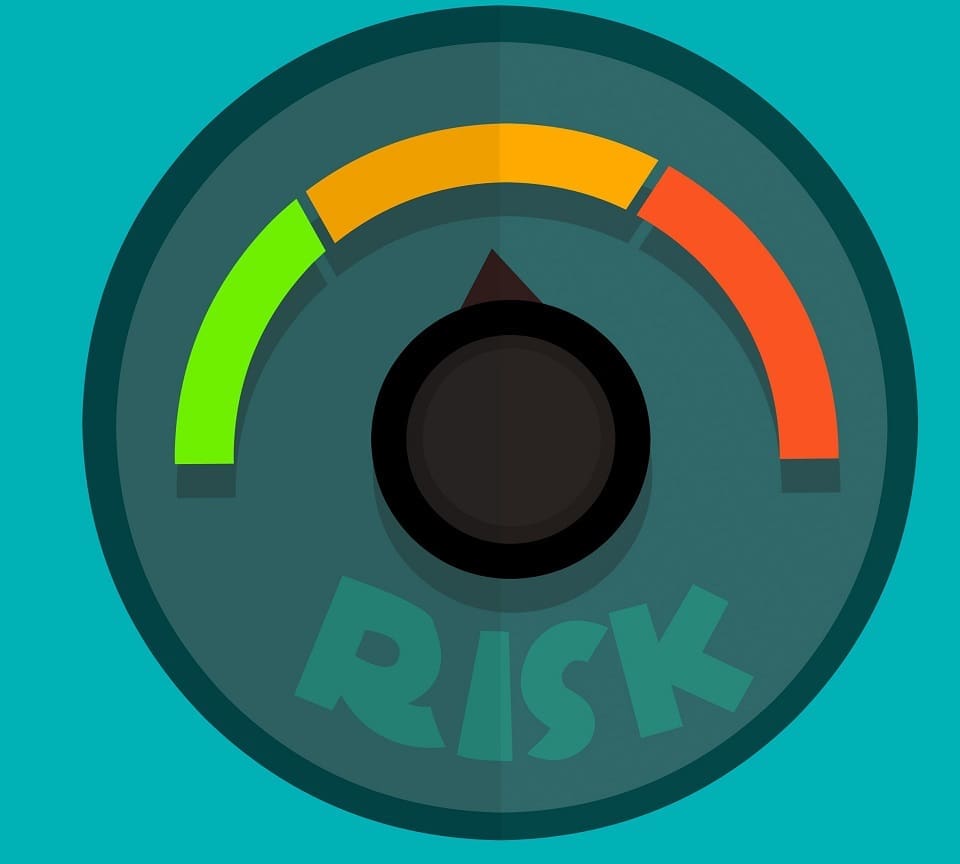I tend to focus heavily on outbound and inbound marketing strategy here on Return on Now. While there are hundreds of related topics in those areas, let’s take a moment to look at an important topic associated with Product Management.
What is Product Management?
For those of you who are unfamiliar with the discipline, Product Management serves a hybrid role that sits between Engineering (or the equivalent product development group, depending on what your product is) and Product Marketing. This function is important for strategically translating market requirements, collected via research, campaign results, sales and customer feedback, etc., into product roadmaps and plans for upcoming development. They then feed information to the Product Marketing group for use in messaging activities leading up to a product launch or release.
Clearly, Product Management serves an important role in nurturing products as feature set is expanded, as well as defining new products to be developed and launched into the market. Everyone seems to understand that part implicitly. This role also includes a crucial responsibility that is often undermanaged or even completely ignored: Product End-of-life.
Why to Care About Product End-of-Life
Like customers, products have a full product life cycle. There are a slew of publications and courses about how to identify a market opportunity, concept a product, develop alpha and beta releases, finalize feature set, outline a roadmap for development, and launch into the market. This model is proven and important, but what happens when a product is no longer needed or superior products have made it obsolete?
To coin a very cheesy cliche: All good things must come to an end.
This is the area where I see the ball dropped by companies the most frequently. As businesses grow, this part of the process becomes a requirement, rather than something to “get to when the products get old.”
For early-stage companies who really don’t have official documented customer support plans, end-of-life is much simpler. Stop selling it, market a new product to the existing customers, consider offering discounts for upgrades or updates for those who still wish to work with you. Case closed.
Managing End-of-Life Properly
As your business grows, the situation becomes much more complicated. Customers will be more critical of businesses that cannot smoothly manage the transition from older products to new versions. Some important topics you might have to address would include:
- When to stop providing guaranteed maintenance or warranty terms
- Outline of the upgrade or update path
- Whether to “Grandfather” in old terms and conditions, rules, benefits, etc.
- Directions for customers to use old and new products together, if applicable
- Documentation of historical release path (for software / hardware technical products)
- Obsolescence of product accessories
This is most certainly not an exhaustive list, but enough information for you to get an idea of the challenge. Basically, you’ve established that there is a need, you’ve addressed the need, and now you simply cannot drop customers cold without some negative reaction. Particularly if you have a growing product portfolio, it is essential to help usher customers along from product version to product version, release to release, etc.
For those customers who will not upgrade, it is also important to clearly communicate when and what is being eliminated over time. Before making these types of changes, you need to advise all users of the product in question that a change is on the horizon. Provide ample time for them to upgrade or find another solution, and be sure to reach out to them multiple times. In this media and content-heavy world we now inhabit, frequency becomes even more important for ensuring your message is received and understood.
Conclusion
This seems like a lot of work, and in all honesty, it is! There are some darn good reasons for this function existing in the first place, and end-of-life is one of the most important, yet least understood.
How do you phase out products over time? Do you have established practices for this part of the product management puzzle? Do you ignore it? Let me know and indicate the size of your business; I am curious to learn whether our social-everything world is changing some or all of this practice as we better learn how to live in real-time.
Tommy Landry
Latest posts by Tommy Landry (see all)
- Why Bing Matters for Ranking on ChatGPT Search - November 12, 2024
- Link Building After Google’s Link Scoring Documentation Leak - November 5, 2024
- How Conversational Marketing Uses AI to Boost Conversions - November 5, 2024




